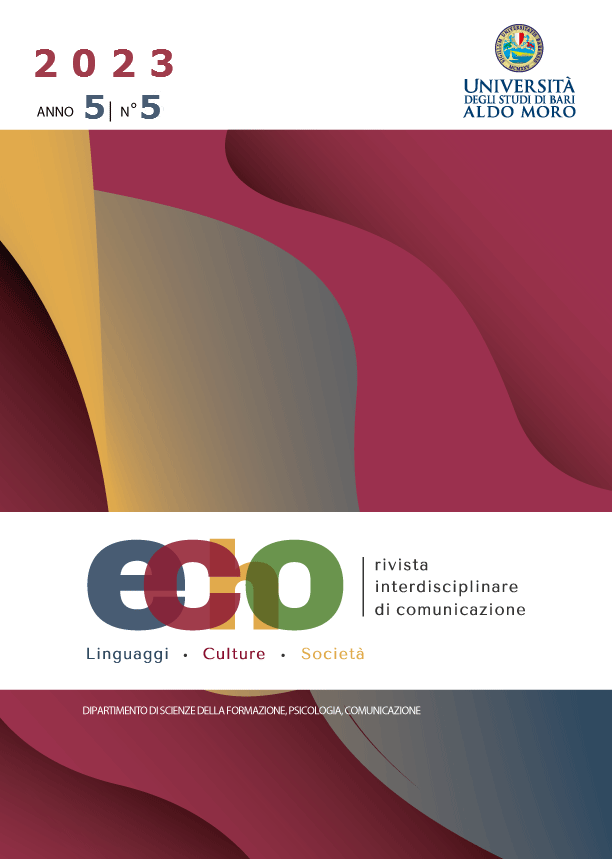La foresta nella fiaba romantica tedesca. Una lettura storico-culturale ed estetica
DOI :
https://doi.org/10.15162/2704-8659/1881Mots-clés :
Spatial identity, memory sites, German romanticism, natural space, landscape and collective memoryRésumé
This paper aims at investigating how places play a vital role in the process of formation of German cultural identity. In particular, I propose to read the representation of the forest in romantic fairy tales, Ludwig Tieck’s Der blonde Eckbert and Sehr Wunderbare Historie von Melusine, in relation to the historic and aesthetic contextualization. After considering Herder’s cultural historicism and his influence over the first romantic generation by means of his German Volkslieder, I show how the Wald in the fairy tales works as a specific literary tool. On the one hand, it evokes the collective unconscious as it becomes the centre of ancestral communitary values, such as respect, trust and sharing which contribute to offer organicity to that space. On the other hand, it implies a semantic inversion, as it reflects negative attitudes, such as betrayal and punishment. I show how these processes of organicity and separation are shaped on the basis of the romantic aesthetic, the author’s thought, connected to a semantic duality, and the historical context, which reveals the primordial association of this place and Germany but also the divisory present, which problematizes and does not enable a total reintegration. I conclude with a comparison between Herder’s Volkslieder and Tieck’s fairy tales in terms of representation of the forest and its function in the process of cultural agnitionTéléchargements
Publiée
2023-12-22
Numéro
Rubrique
Focus








